Apple Vision Pro & Spatial Computing – The buzz around mixed reality and how it may redefine interaction.
In a world where digital experiences are increasingly becoming immersive and interactive, Apple has introduced a groundbreaking device that promises to revolutionize the way we perceive and interact with technology. The Apple Vision Pro, unveiled in June 2023 and released in 2024, is not just another augmented reality (AR) headset; it’s a spatial computer that seamlessly blends the digital and physical worlds. With its advanced features and capabilities, the Vision Pro is set to redefine human-computer interaction, offering a glimpse into the future of mixed reality.
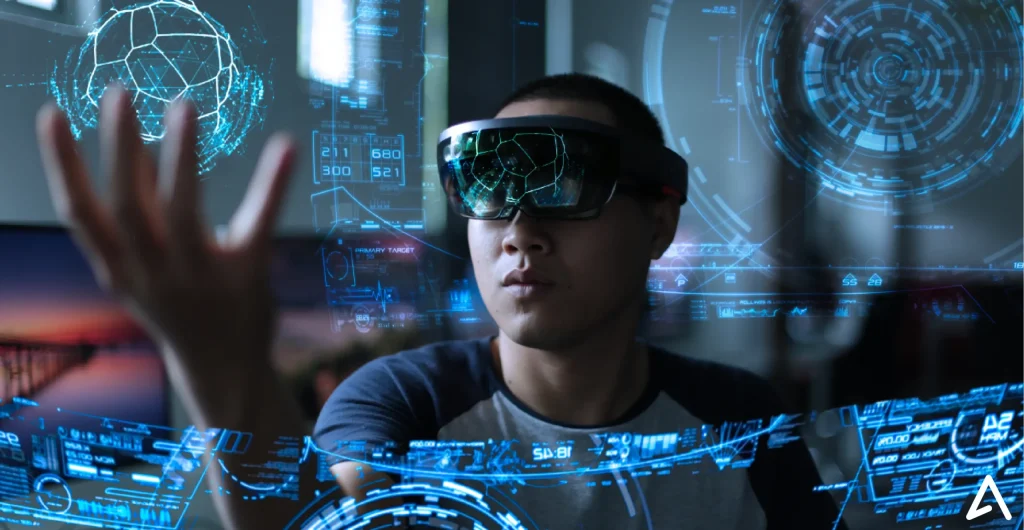
What Is Spatial Computing?
Spatial computing refers to the technology that enables digital systems to interact with the physical world in a spatially aware manner. Unlike traditional computing, which relies on flat screens and input devices like keyboards and mice, spatial computing allows digital content to exist within and interact with the physical environment. This paradigm shift enables more natural and intuitive interactions, where users can manipulate digital objects as if they were physical entities.
The Apple Vision Pro embodies this concept by integrating high-resolution displays, advanced sensors, and powerful processors to create a mixed-reality experience that feels both immersive and natural. With its ability to overlay digital content onto the real world, the Vision Pro transforms everyday environments into interactive spaces where digital and physical elements coexist harmoniously.

Key Features of the Apple Vision Pro
-
High-Resolution Displays: The Vision Pro boasts dual 4K micro-OLED displays, offering a combined resolution of over 23 million pixels. This high pixel density ensures crisp and clear visuals, making digital content appear lifelike and seamlessly integrated into the physical world.
-
Advanced Sensor Array: Equipped with 12 cameras, a LIDAR sensor, and a TrueDepth camera, the Vision Pro captures detailed information about the user’s environment. This sensor array enables precise hand tracking, facial expression recognition, and spatial mapping, allowing the device to understand and respond to the physical world in real-time.
-
Eye and Hand Tracking: The Vision Pro utilizes eye-tracking technology to detect where the user is looking, enabling gaze-based interactions. Combined with hand tracking, users can select, manipulate, and interact with digital objects using natural gestures, eliminating the need for physical controllers.
-
Spatial Audio: To complement the immersive visuals, the Vision Pro features spatial audio technology that delivers three-dimensional sound. This audio system adapts to the user’s environment, providing a realistic and immersive auditory experience that enhances the sense of presence.
-
visionOS: The Vision Pro runs on visionOS, Apple’s operating system designed specifically for spatial computing. visionOS provides a user-friendly interface that allows users to interact with digital content using gestures, voice commands, and eye movements, creating a seamless and intuitive user experience.
Redefining Interaction with Mixed Reality
The Apple Vision Pro’s integration of spatial computing technologies enables new forms of interaction that were previously unimaginable. By blending the digital and physical worlds, the Vision Pro allows users to engage with digital content in a more natural and intuitive manner.
For instance, users can place virtual windows and applications in their physical environment, resize them, and interact with them using hand gestures and eye movements. This spatial arrangement of digital content creates a more immersive and productive workspace, where users can multitask and collaborate in ways that were not possible with traditional computing devices.
Moreover, the Vision Pro’s ability to capture and understand facial expressions adds a layer of emotional depth to interactions. Users can convey emotions and intentions through subtle facial movements, enhancing communication and collaboration in virtual environments.
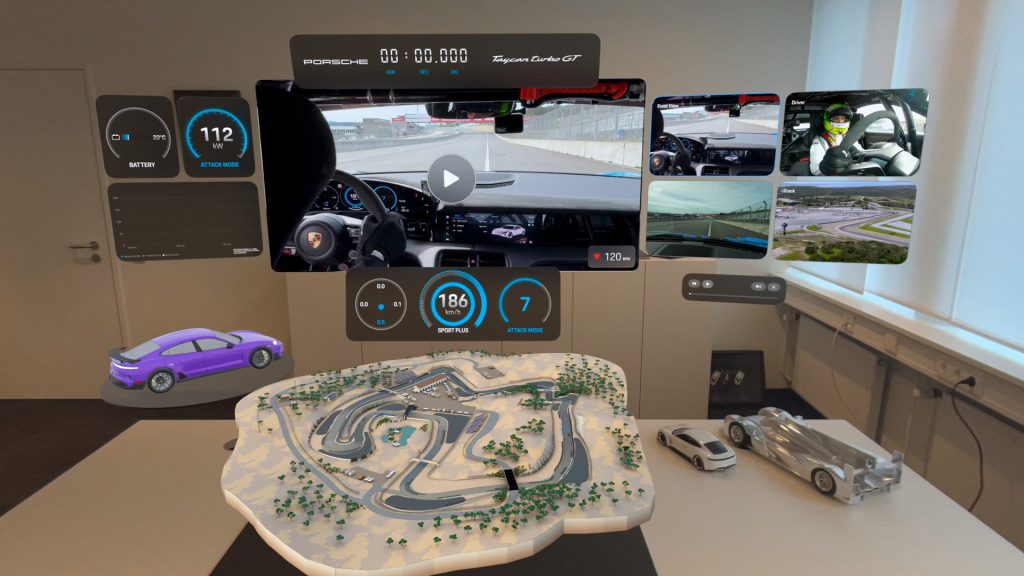
Applications Across Industries
The potential applications of the Apple Vision Pro extend across various industries, from entertainment and education to healthcare and enterprise solutions.
-
Entertainment: The Vision Pro transforms media consumption by allowing users to experience movies, games, and virtual events in an immersive 3D space. For example, Gucci has developed an immersive mixed-reality fashion film for the Vision Pro, offering viewers a behind-the-scenes look at their creative process through interactive 3D elements .
-
Education: Educators can leverage the Vision Pro to create interactive learning experiences, where students can explore historical events, conduct virtual experiments, and engage with educational content in a hands-on manner. This immersive approach enhances understanding and retention of information.
-
Healthcare: Medical professionals can use the Vision Pro for surgical planning, patient education, and remote consultations. The device’s ability to overlay digital information onto the physical world aids in precise procedures and enhances patient understanding.
-
Enterprise Solutions: Businesses can utilize the Vision Pro for virtual meetings, collaborative design, and training simulations. For instance, KLM Royal Dutch Airlines employs the Vision Pro to train technicians on aircraft maintenance, providing step-by-step instructions overlaid onto 3D models of engines .
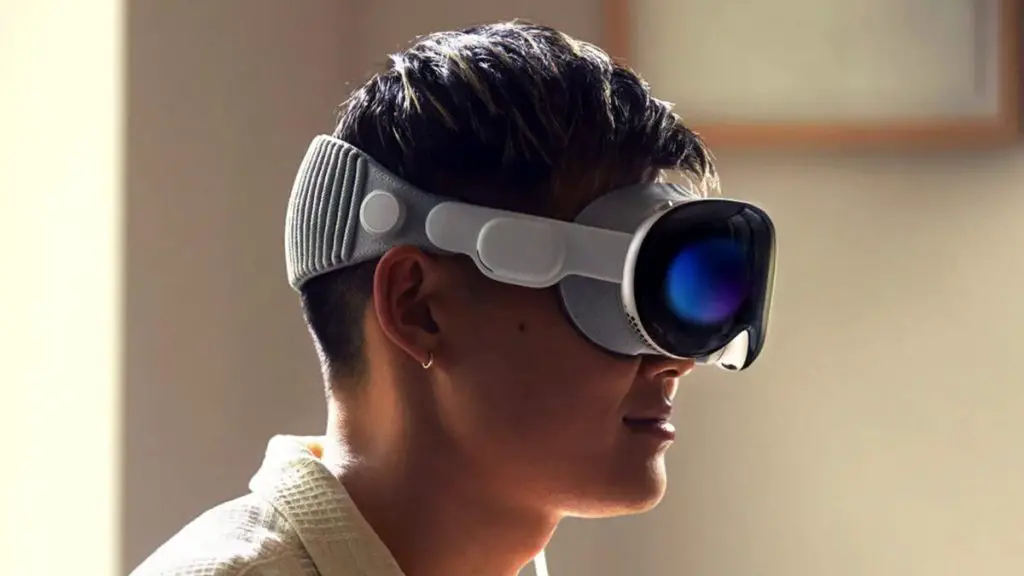
Challenges and Considerations
While the Apple Vision Pro offers a glimpse into the future of computing, several challenges and considerations must be addressed for widespread adoption.
-
Cost: Priced at $3,499, the Vision Pro is a significant investment, limiting its accessibility to a broader audience. Apple will need to consider pricing strategies to make the device more affordable without compromising its premium features.
-
Battery Life: The Vision Pro’s battery life ranges from 2 to 2.5 hours, which may not be sufficient for extended use. Improvements in battery technology and power efficiency will be crucial for enhancing the device’s usability.
-
Social Acceptance: Wearing a headset that covers the eyes may raise concerns about social interactions and acceptance. Apple has introduced features like EyeSight, which displays the user’s eyes on the device’s external display, aiming to address these concerns and promote social engagement .
-
Content Ecosystem: The success of the Vision Pro relies on the development of a robust content ecosystem. Apple has partnered with developers and businesses to create applications and experiences tailored for spatial computing, but the growth of this ecosystem will be essential for the device’s long-term success.
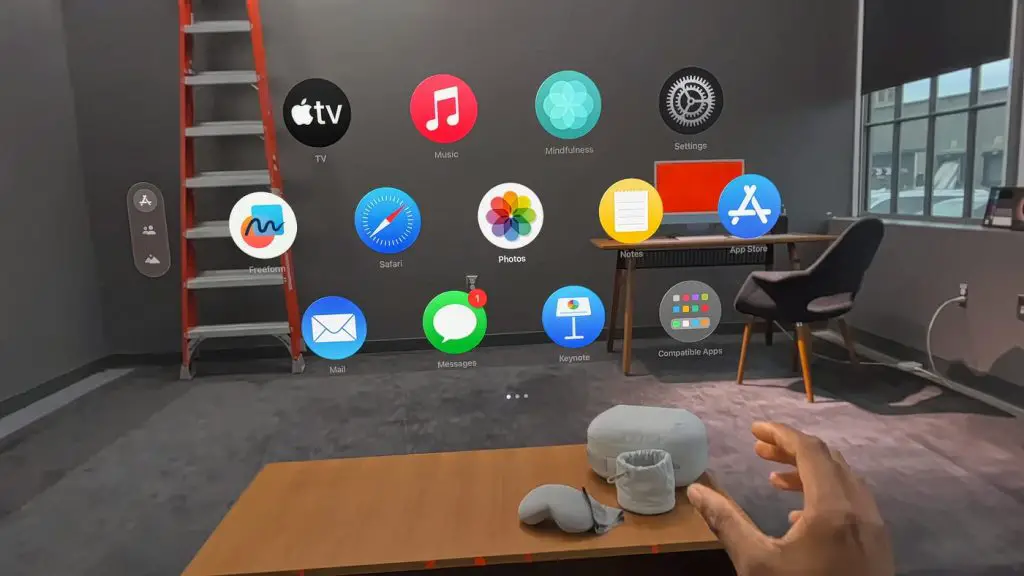
Conclusion
The Apple Vision Pro represents a significant leap forward in the realm of spatial computing, offering a transformative approach to human-computer interaction. By seamlessly integrating digital content into the physical world, the Vision Pro enables more natural, intuitive, and immersive experiences across various domains.
As Apple continues to refine and expand the capabilities of the Vision Pro, it has the potential to redefine how we interact with technology, work, learn, and entertain ourselves. While challenges remain, the Vision Pro’s innovative features and applications signal a promising future for mixed reality and spatial computing, paving the way for a new era of digital interaction.

